Orthodontics/Braces Treatment in Gurgaon
You might feel that your teeth are not straight and are ruining your looks. Your crooked or misaligned teeth could also be the reason for an overbite and other functional problems. This is when you might take the help of an orthodontist who can suggest the right braces for your condition and give a new makeover to your smile by giving the best braces treatment in Gurgaon at our clinic. Orthodontic braces are used to correct misaligned teeth and jaws. There are different types of braces, each with its advantages and considerations.
Orthodontics/Braces Types
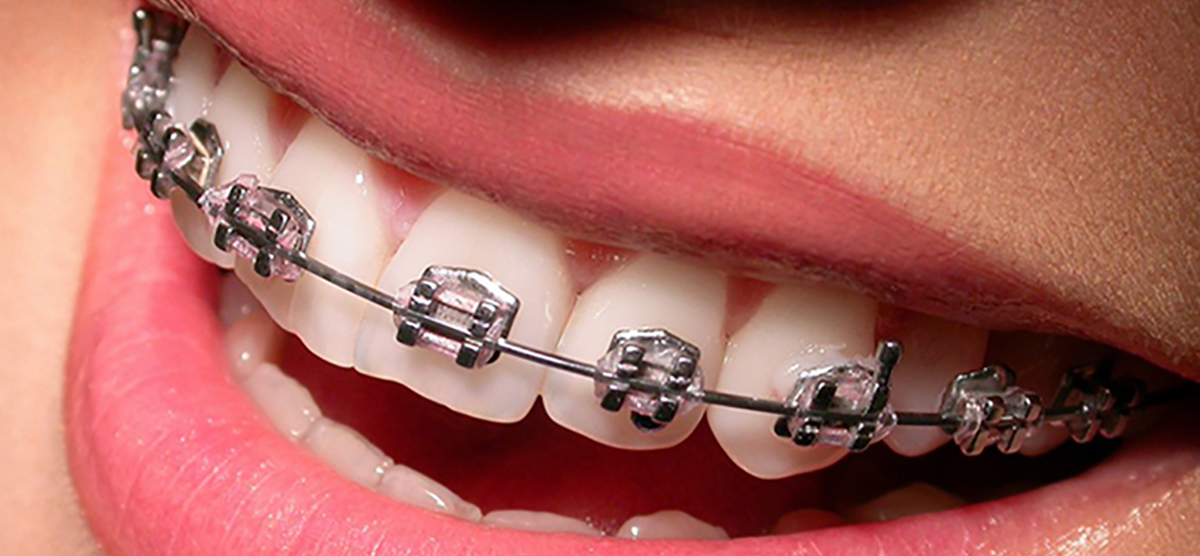
Material: Made of high-grade stainless steel.
Brackets: Small metal brackets are attached to the front of each tooth.
Wire: A metal wire (archwire) connects the brackets and applies pressure to move the teeth.
Advantages: Effective for all types of orthodontic issues, typically the most affordable option.
Considerations: Visible, but modern versions are smaller and less noticeable than in the past.
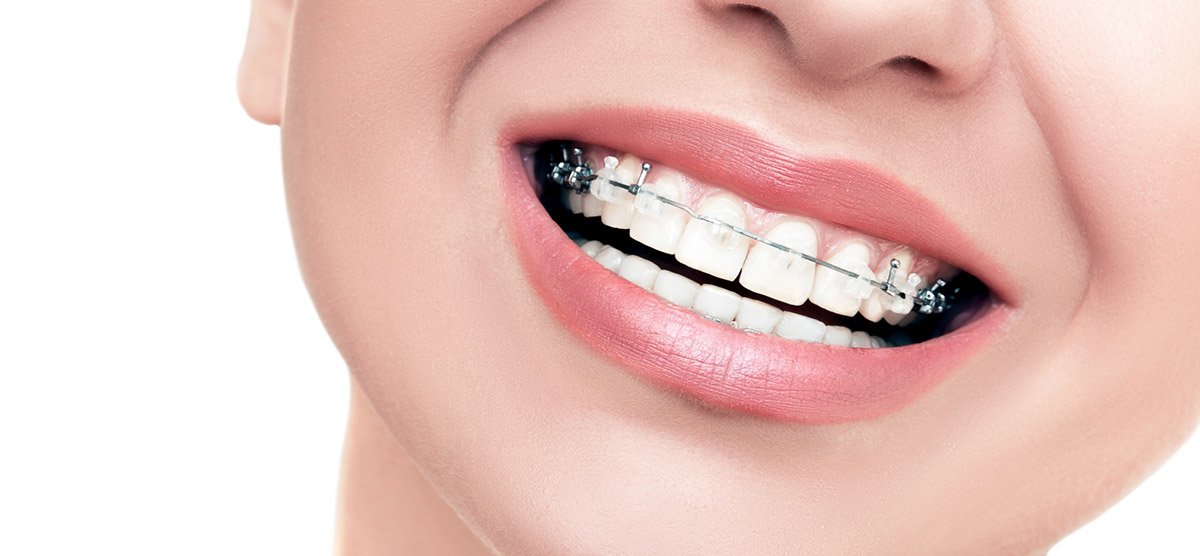
Material: Brackets are made of ceramic or clear materials to blend with the natural tooth color.
Aesthetics: Less noticeable than traditional metal braces, making them a popular choice for individuals concerned about appearance.
Considerations: Brackets may be more prone to staining, and they can be slightly more fragile than metal brackets.
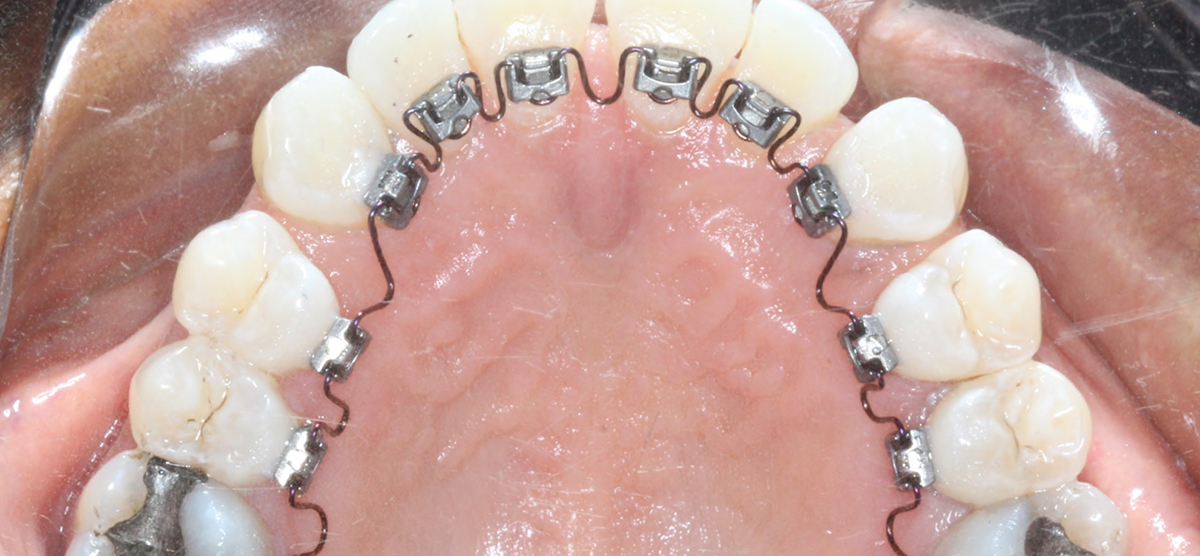
Placement: Brackets are attached to the back (lingual) side of the teeth, making them virtually invisible from the front.
Customization: Lingual braces are customized for each patient.
Advantages: Aesthetic advantage, as they are not visible when smiling.
Considerations: They can be challenging to clean, and some people may find them uncomfortable initially.
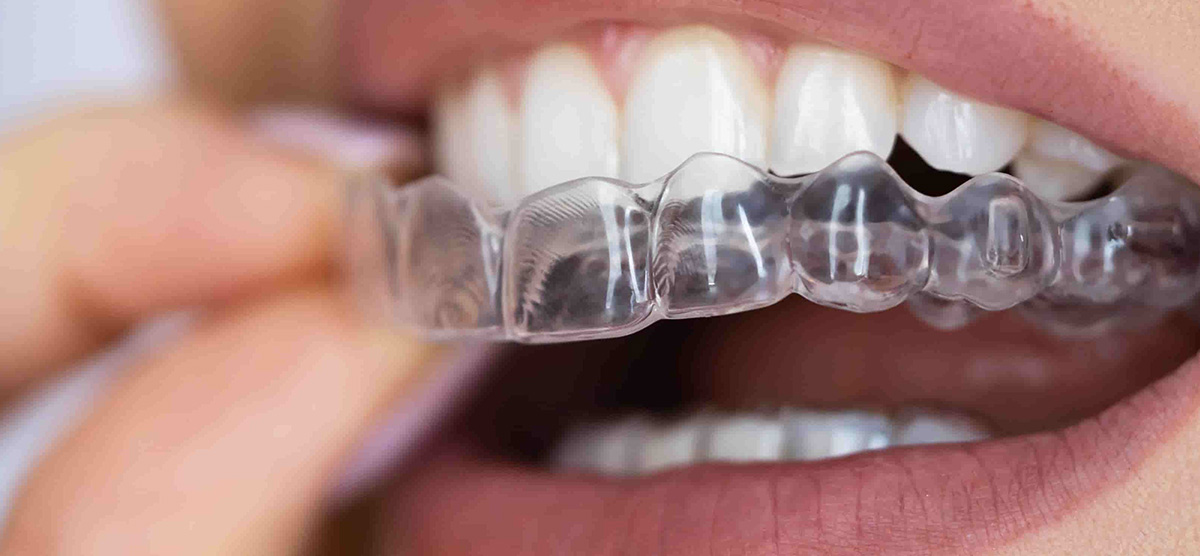
Material: Made of clear, flexible plastic.
Treatment Process: Invisalign and similar systems use a series of custom-made, removable aligners to gradually move the teeth.
Aesthetics: Virtually invisible, offering a discreet option for orthodontic treatment.
Advantages: Removable for eating and cleaning; no dietary restrictions.
Considerations: Not suitable for all orthodontic issues; requires a high level of patient compliance.
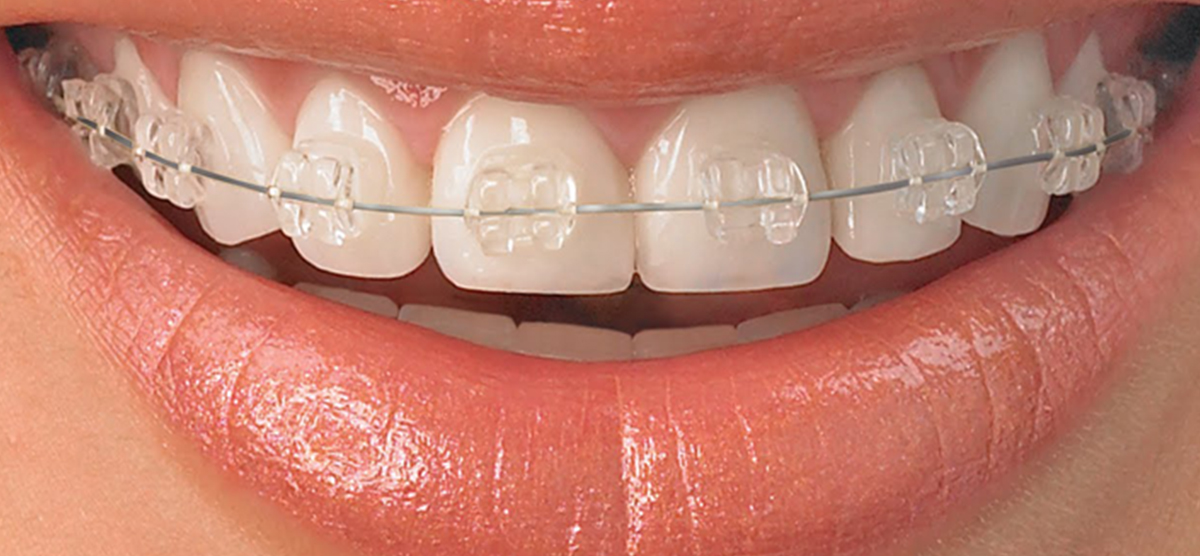
Mechanism: These braces use a specialized bracket design that eliminates the need for elastic bands to hold the archwire in place.
Advantages: Potentially shorter treatment time; less friction, which may lead to less discomfort.
Considerations: Generally more expensive; not suitable for all cases.
Orthodontics/Braces Treatment Process –
1. Initial Consultation:
Orthodontic Evaluation: The orthodontist conducts a thorough examination of the patient’s teeth, jaws, and facial structure.
Diagnostic Records: X-rays, photographs, and impressions (molds) of the teeth are taken to assess the current alignment and plan the treatment.
2. Treatment Planning:
Customized Treatment Plan: Based on the examination and diagnostic records, the orthodontist creates a personalized treatment plan, outlining the specific adjustments needed to achieve the desired alignment.
3. Braces Application:
Preparation: The teeth are cleaned and dried before the application of braces.
Attachment of Brackets: Brackets (small metal or ceramic squares) are attached to the front surface of each tooth using a special adhesive.
Archwires: A flexible archwire is threaded through the brackets and secured in place. The archwire provides the necessary force to move the teeth.
4. Periodic Adjustments:
Follow-Up Appointments: The patient needs to visit the orthodontist regularly for adjustments. During these appointments, the orthodontist may change or tighten the archwire, replace elastics, or make other modifications to continue the tooth movement process.
5. Elastics and Additional Components:
Rubber Bands (Elastics): Some patients may need to wear rubber bands (elastics) to correct specific bite issues.
Other Appliances: In certain cases, additional appliances such as headgear or temporary anchorage devices (TADs) may be used to assist with tooth movement.
6. Monitoring Progress:
Progress Evaluation: The orthodontist monitors the progress of the treatment during each visit to ensure the teeth are moving according to the planned adjustments.
7. Braces Removal:
Completion of Treatment: Once the desired alignment is achieved, the braces are removed. This process involves carefully detaching the brackets and removing the adhesive.
8. Retention Phase:
Retainers: After braces are removed, a retainer is typically provided to help maintain the new tooth positions. Retainers may be removable or fixed.
9. Follow-Up Visits:
Post-Treatment Monitoring: The patient continues to have periodic follow-up appointments to monitor the stability of the results and make any necessary adjustments.
10. Oral Hygiene and Care:
Oral Hygiene Practices: Throughout the treatment, maintaining good oral hygiene practices is crucial. This includes regular brushing, flossing, and attending dental check-ups.
Orthodontic treatment duration can vary depending on the complexity of the case and the type of braces used. Modern orthodontics offers various options, including traditional metal braces, ceramic braces, lingual braces (hidden behind the teeth), and clear aligners.
It’s important for individuals considering orthodontic treatment to consult with an orthodontist for a comprehensive evaluation and to discuss the most suitable treatment options for their specific needs.
Have Some Questions?
Your appointment is just a click away, you can book an appointment online or call us on +91-7982284551.
Orthodontic treatment can be done at any age, but the ideal time often depends on the specific orthodontic issue. In many cases, treatment begins during the teenage years when the permanent teeth have erupted, but adults can also benefit from orthodontic care.
The duration of orthodontic treatment varies depending on the complexity of the case. On average, treatment can take 1 to 3 years. Regular adjustments and follow-up appointments are necessary throughout the treatment process.
It’s common to experience some discomfort or soreness after braces are initially placed and after adjustments. Over-the-counter pain relievers can help manage any discomfort. As the mouth adjusts to the braces, the discomfort typically lessens.
Clear aligners are a series of custom-made, removable trays that gradually move teeth into the desired position. Patients wear each set of aligners for a specified time before moving on to the next set. They are virtually invisible and can be removed for eating and oral hygiene.
Regular appointments are necessary for adjustments and to monitor progress. Typically, orthodontic patients are seen every 4 to 6 weeks, but the frequency may vary based on the treatment plan.
